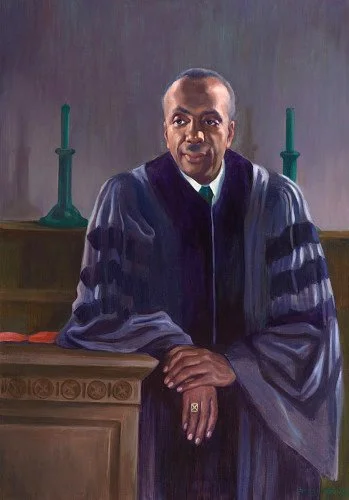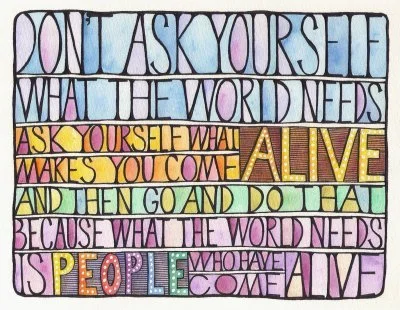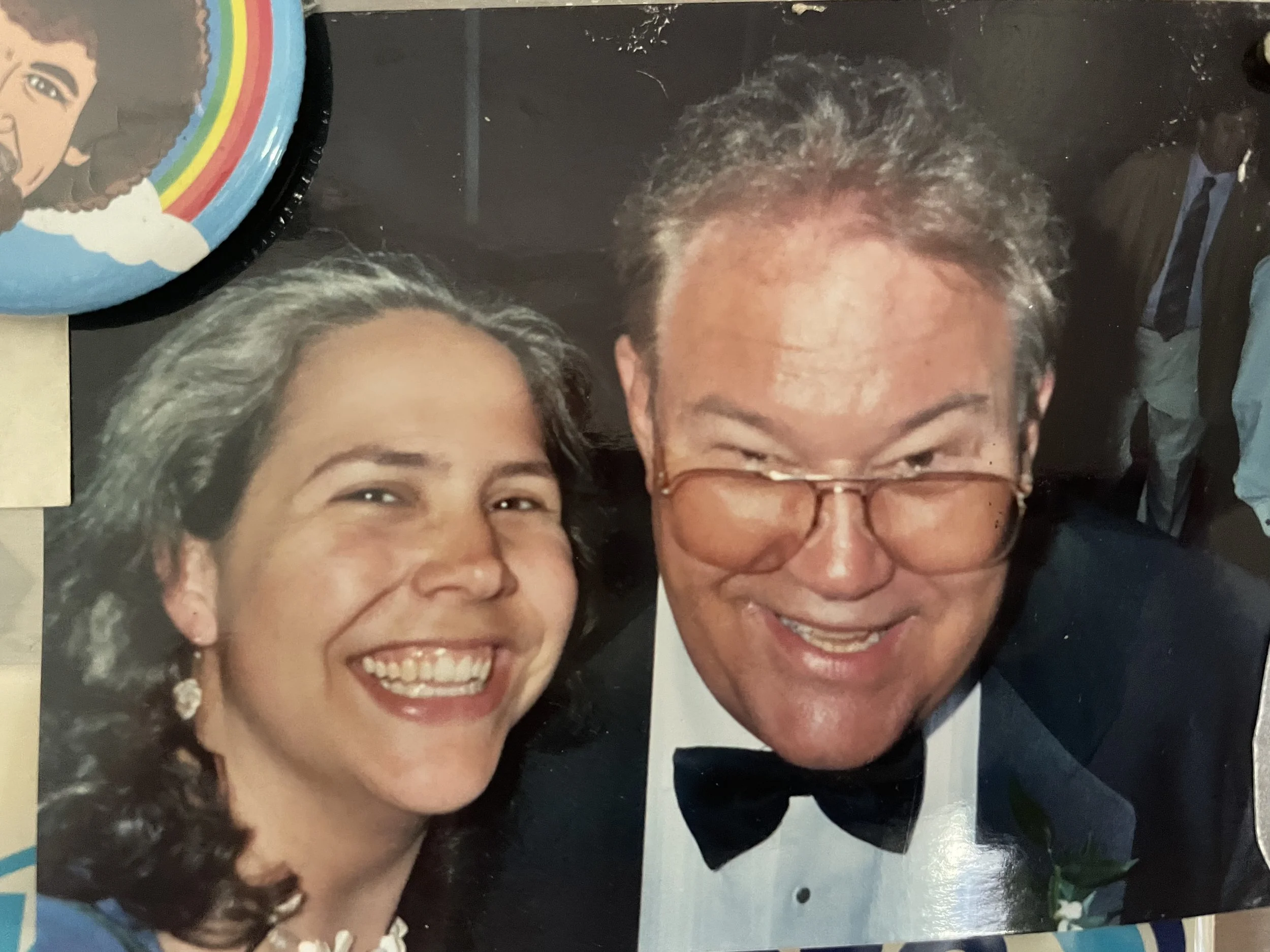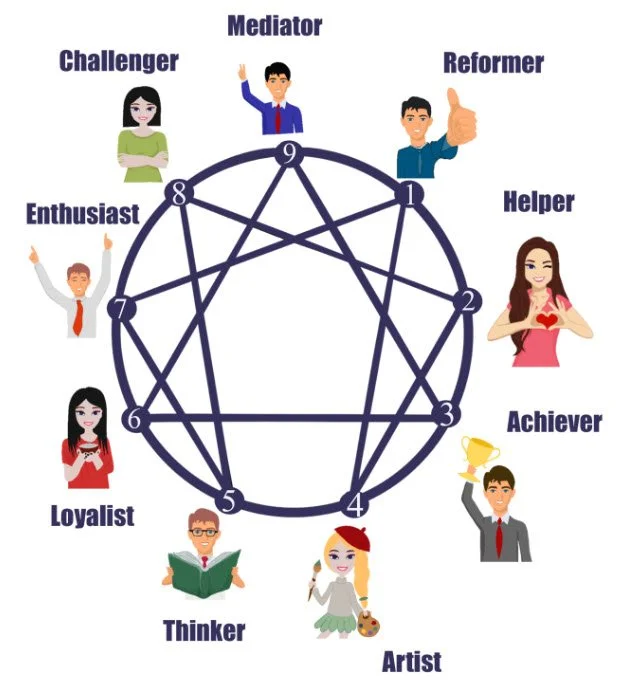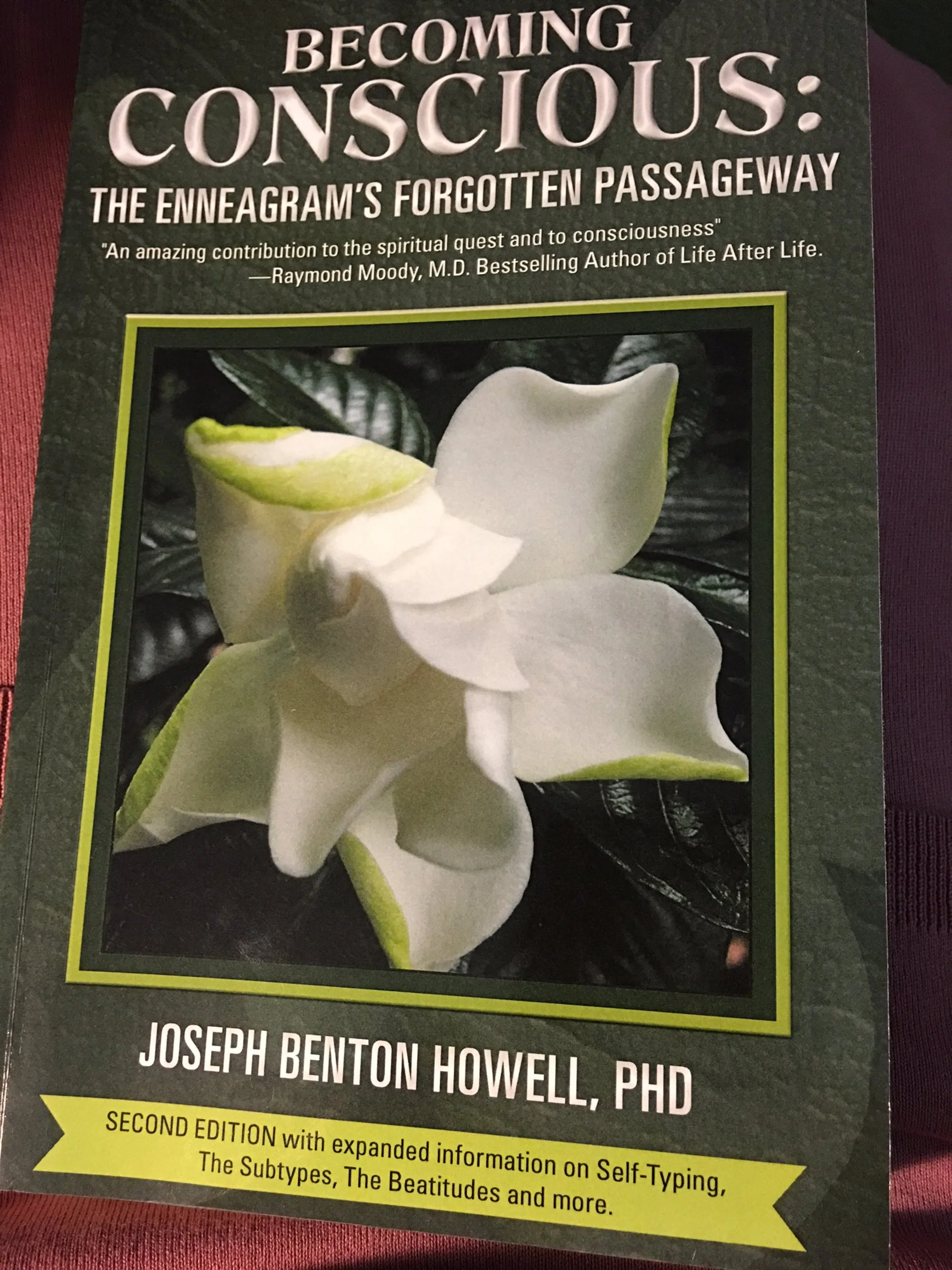Thurman: Love from My Heart
National Portrait Washington D.C.
“I want to be more loving in my heart! It is often easy to see it with my mind and give assent to the thought of being loving. But I want to be more loving in my heart! So I must ease the tension in my heart that ejects the sharp barb, the stinging word. I want to be more loving in my heart so that, through both unconscious awareness and deliberate intent, I shall be a kind, gracious human being. I want to be more loving in my heart!”—Howard Thurman.
Howard Thurman was an African American Baptist theologian and educator. He spent time in India with Gandhi and considerably influenced Martin Luther King, Jr.’s theology of racial nonviolence in the last century. I read into this quote that Dr. Thurman is praying to connect to love, Christ, and the divine within himself. I also hear he may have difficulty “ejecting the sharp barb.” We can be comforted knowing that this prominent proponent of nonviolence knows it is not a straightforward task. He is praying that when we connect to this love, the divine within, we will love others and “be a kind and gracious human being” consciously and unconsciously.
Dr. Thurman reminds us that when we live in connection with the Holy Spirit, the divine within us, we will know the fruit of the Spirit, “love, joy, peace, patience, kindness, generosity, faithfulness, gentleness, and self-control” (Galatians 5:22-23). But how do we get there? This is the calling of every spiritual practice: meditation, prayer, reading, corporate worship, fasting, and so many others, putting ourselves in a position to connect to God within.
Perhaps if Paul were writing today, he might have told his scribe to use the word “nonviolence” as one of the fruit of the Spirit, even though it is already so loudly speaking out in all the other fruit of the Spirit.
Howard Thurman
I pray Dr. Thurman continues to pray for us today, helping us learn to “love from our hearts” in these times when the message of nonviolence is desperately needed.
Joanna. https://www.joannaseibert.com/
